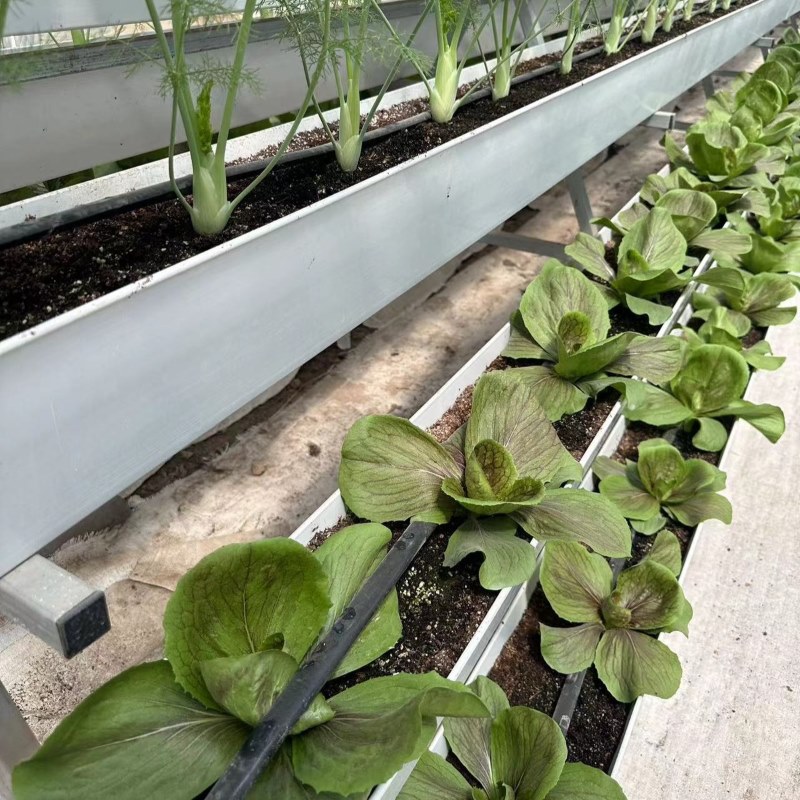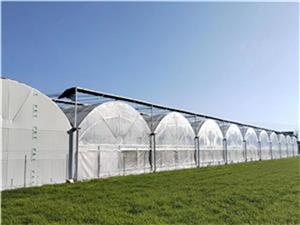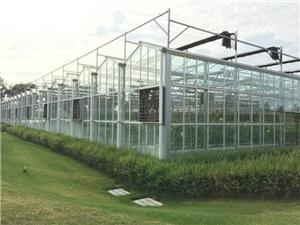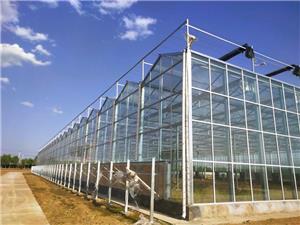hydroponic cultivation
With the increase in population and the shortage of arable land resources, traditional soil-based farming is facing challenges such as limited yields and frequent occurrence of pests and diseases. However, hydroponic vegetables, leveraging the unique advantages of soilless cultivation, have become an efficient and environmentally friendly farming method in modern agriculture. They not only break through geographical and seasonal limitations but also provide consumers with safer and healthier food. This article, based on the core needs of Google search users, comprehensively analyzes the characteristics of hydroponic vegetables from dimensions such as growth efficiency, environmental control, and quality safety. It also compares the differences with traditional farming and answers common questions to help you gain a deeper understanding of this new farming technology.
1. 6 Key Characteristics of Hydroponic Vegetables: Shattering Traditional Planting Concepts
Hydroponic vegetables provide crops with the nutrients they need through nutrient solutions, eliminating the reliance on soil, forming distinct characteristics that are the core focus of Google users searching for "What are the advantages of hydroponic vegetables" and "Advantages of hydroponic vegetables". These characteristics are also the core concerns when users search for "Why are hydroponic vegetables so fast-growing" and "What are the advantages of hydroponic vegetables".
1. Fast growth, short cycle
In hydroponic environments, the roots of vegetables directly come into contact with the nutrient solution, eliminating the need for "effortful" root growth to absorb nutrients as in soil-based farming. The nutrient absorption efficiency increases by 30%-50%. At the same time, by regulating environmental factors such as temperature and light, the optimal growth conditions for crops can be simulated:
Growth cycle comparison: The growth cycle of lettuce in hydroponics is approximately 25-30 days, which is 10-15 days shorter than soil-based farming; the growth cycle of tomatoes in hydroponics from planting to harvest is approximately 60-70 days, which is 15-20 days earlier than traditional farming.
Google high-frequency questions corresponding: "Why do hydroponic vegetables grow so fast", the core reason lies in "direct nutrient absorption + environmental control", which can be directly linked to this content.
2. Water and fertilizer saving, environmentally friendly and efficient
Traditional soil-based farming has problems such as water waste caused by "flooding" and fertilizer leakage. Hydroponics, through the "circular liquid supply" model, significantly reduces resource consumption:
Water-saving effect: The water utilization rate of the hydroponic system is over 95%, which is only 1/10-1/5 of traditional farming (traditional farming requires 50-100L of water to produce 1kg of vegetables, while hydroponics only needs 5-10L).
Fertilizer-saving effect: Nutrient solutions can be recycled, with fertilizer utilization exceeding 90%, reducing fertilizer pollution to the soil and groundwater, which is in line with the "green agriculture" development trend.
3. No soil required, breaking geographical limitations
Hydroponic cultivation does not rely on soil quality. Whether in deserts, saline-alkali lands, hydroponic cultivationor urban balconies and rooftops, as long as there is space and basic equipment, cultivation can be carried out:
Applications: In areas with scarce land resources, "vertical hydroponics" and "indoor planting racks" can be used to achieve "balcony vegetable gardens" and "roof farms"; in arid regions, vegetables can be scaled up for cultivation without soil improvement, solving the problem of "difficulty in obtaining vegetables" in the local area.
Advantages: Avoiding soil compaction and accumulation of pests and diseases caused by soil, the same space can achieve "multiple cropping" in one year, increasing land utilization by 2-3 times.
4. Few pests and diseases, reducing pesticide use
Soil is a "breeding ground" for various pests and diseases (such as root rot, nematodes), while the hydroponic cultivation environment has no soil medium, hydroponic cultivation reducing the incidence of pests and diseases by 70%-80%:
Control logic: The hydroponic system can purify the nutrient solution through "ultraviolet disinfection" and "filter system" to prevent the spread of pathogenic bacteria; at the same time, the closed or semi-closed planting environment can reduce the invasion of aphids, whitefly, etc.
Quality guarantee: Due to fewer pests and diseases, the pesticide use of hydroponic vegetables is only 1/5 of that of traditional farming, and some varieties can achieve "pesticide-free cultivation", meeting consumers' demand for "green, organic" food.
5. Quality controllable, nutrition more balanced Hydroponics can achieve "customized nutrient supply" by precisely regulating the components of the nutrient solution and adjusting the ratios of nitrogen, phosphorus, potassium and trace elements according to the needs of different vegetables:
Nutritional advantages: The vitamin C and chlorophyll content of hydroponic vegetables is 10%-20% higher than that of traditional cultivation (for example, the vitamin C content per 100g of hydroponic lettuce is approximately 15-20mg, while that of soil cultivation hydroponic cultivation is about 12-15mg); the nitrate content is lower (usually ≤ 300mg/kg, far below the national standard upper limit of 600mg/kg), and the taste is more crisp and tender.
Appearance advantages: The hydroponic cultivation environment has stable lighting and temperature, resulting in well-organized plant shapes, bright colors, higher commercial value, and greater market appeal.
6. Convenient management, suitable for large-scale production
Hydroponic cultivation can be combined with automated equipment (such as timed liquid supply systems and intelligent temperature control equipment) to reduce manual intervention and lower management difficulty:
Labor cost: In a large-scale hydroponic farm, hydroponic cultivation each person can manage an area of 500-1000 square meters of cultivation, which is 3-5 times that of traditional soil cultivation, significantly reducing labor costs.
Standardized production: Through a unified nutrient solution formula and environmental parameters, the hydroponic cultivation quality of vegetables can be stabilized, avoiding quality fluctuations caused by soil differences in traditional cultivation, and facilitating brand operation.




